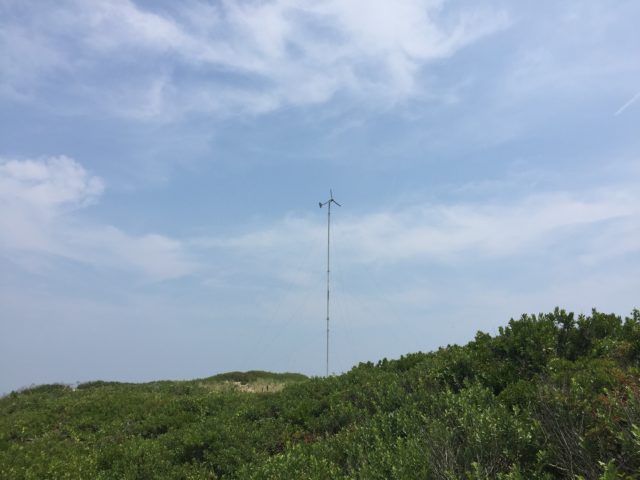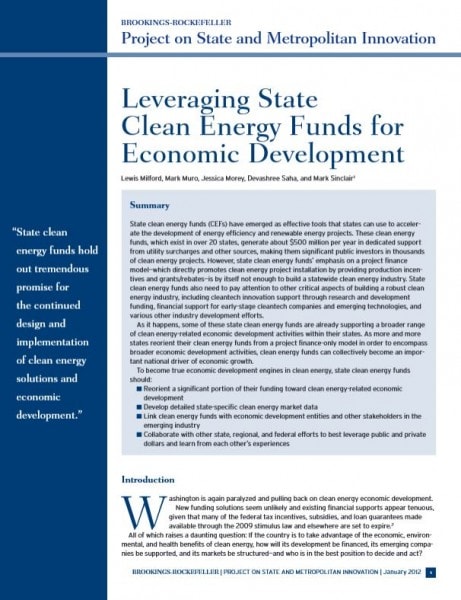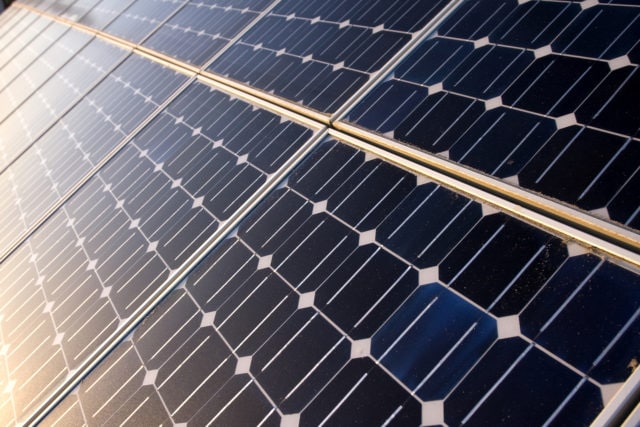This webinar, presented by the Clean Energy States Alliance (CESA) for the State-Federal RPS Collaborative, describes the advantages and disadvantages of the reverse auction approach, and provides advice for state policymakers who may wish to consider using reverse auctions. This webinar gives special attention to California’s Renewable Auction Mechanism.
In this webinar, we will review the federal regulatory landscape for energy storage, specifically FERC Order 755, FERC Order 890 (which directs ISOs/RTOs to develop tariffs, market rules, and control algorithms and to open markets for new technologies that provide ancillary services), and other aspects of FERC treatment of energy storage and how these affect ISOs, energy storage device owners, and energy storage technology manufacturers.
On January 12, 2012, Clean Energy States Alliance will host a webinar to explore the National Laboratories’ support activities for marine hydrokinetic technologies (MHK).
This webinar is designed as a briefing for MHK stakeholders by representatives from the Pacific Northwest National Laboratory (PNNL), Sandia National Laboratory, and the National Renewable Energy Laboratory regarding their major activities and research to support marine energy commercialization and deployment.
This webinar will cover the results of the recently released UNEP SEF Alliance/Climate Bonds Initiative /Irbaris report, “Evaluating Clean Energy Public Finance Mechanisms.” The report evaluates government funding of programs supporting the low-carbon, clean energy economy; it also examines the effectiveness of different types of public finance mechanisms at different stages of the clean energy continuum and how they perform in different environments.







